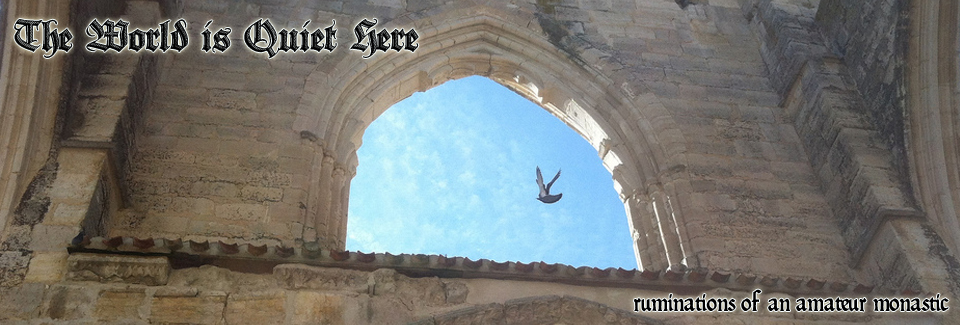Gestures and Bodily Postures

Part 6 in an ongoing series of essays on the General Instruction of the Roman Missal.

Section 42 of the General Instruction of the Roman Missal, though short, represents one of the most important clarifications in the most recent revision of the document1. This section gives lie to the assertion that none of the traditional elements of the Roman Rite may be brought into the celebration of the modern form of the rites.
As we have seen, again and again the General Instruction talks about the continuity of the Roman Rite2. Most explicitly, in section 42, we are instructed to pay attention to “the traditional practice of the Roman Rite” where it is not explicitly contradicted by the General Instruction. The passage in question is specifically in regards to gestures and bodily posture, and it’s worth quoting the first paragraph in full.
42. The gestures and bodily posture of both the Priest, the Deacon, and the ministers, and also of the people, must be conducive to making the entire celebration resplendent with beauty and noble simplicity, to making clear the true and full meaning of its different parts, and to fostering the participation of all. Attention must therefore be paid to what is determined by this General Instruction and by the traditional practice of the Roman Rite and to what serves the common spiritual good of the People of God, rather than private inclination or arbitrary choice.
Many of the reverences and small gestures performed by the ministers in the older rituals, then, rather than being fussy throwbacks, may and should be done in the modern rites. They exist to show the resplendent beauty and noble simplicity of those rites.

Through its long history, the Roman Rite has always displayed a measured solemnity which, while it may appear overfastidious to some in the modern age, is notable for its simple elegance when compared to the bombastic exuberance of many of the Eastern Rites. There is nothing wrong with these grand and intricate gestures of the East, of course, but they are in their proper context in the Eastern Divine Liturgies. They are wholly inappropriate to the Roman Rite.
There are those who go to the opposite extreme and maintain a sort of liturgical minimalism, who claim that since the various bows and reverences that the servers may make are not specifically called for in the Missal, they must not be done. The fact is that the overwhelming majority of these gestures and postures are not called for in the older missals, either. They are not and never were explicitly demanded by the rubrics but instead belong to “the traditional practice of the Roman Rite”.
So how do we know when it’s appropriate to use these traditional gestures and movements? Section 42 gives us a hierarchy for determining this.
- First, do what the General Instruction says. So, for example, in the older rites the altar servers knelt during the Penitential Act, but the General Instruction says that this be done standing3. So we stand.
- Second, do what is traditional in the Roman Rite. For example, in the older rites the servers bow during the Penitential Act. Here, the General Instruction is silent. So we bow.
- Finally, do what serves the common spiritual good rather than just making up something new. For example, while there is some flexibility about the details, nothing in the rubrics or the tradition permits the servers to adopt the orans position or to hold hands during the Lord’s Prayer. So don’t.
Of course, argument from the facts will only rarely change the opinion of those whose mind is already made up. Even so, Rome continually pleads for beauty and elegance in the Mass. Most recently, Pope Francis admonished ministers to “be vigilant in ensuring that every liturgy be celebrated with decorum and fidelity to the liturgical books”4. In fact, every Pope of the postconciliar period, as well as the Congregation for Divine Worship and the Discipline of the Sacraments, have regularly preached against liturgical minimalism in all its forms.
If we are to take seriously our ministry at the sacred liturgy–and how can we not?–surely we must pay attention to the teachings of those charged with its safekeeping.
- Latin editio typica, 2002. English translation, 2011.
- Cf. General Instruction, nos. 1, 6ff., 15, 41, 42, 59, 273, 301, 316, 318, 320, 326, 343, 346, 355, 357, 397f.
- General Instruction, no. 43.
- Letter of the Holy father to the bishops of the whole world, that accompanies the apostolic Letter motu Proprio Data “Traditionis custodes”.
